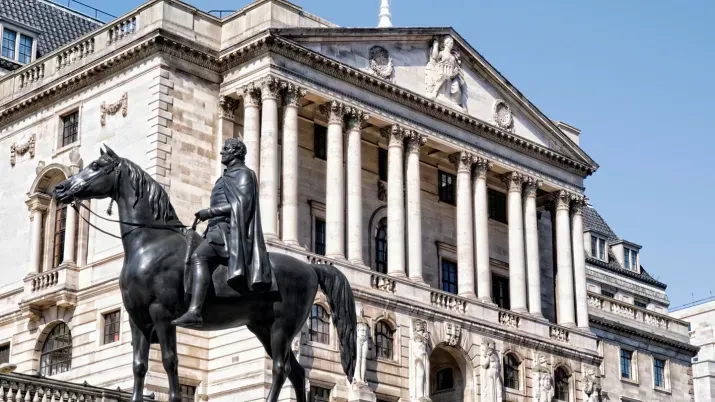Growth trends look encouraging for central banks – and investors
Second quarter growth data for the Eurozone on Tuesday reaffirmed the gradual uptick in the region’s trajectory relative to the pace seen across 2023, with quarter-on-quarter (QoQ) growth slightly higher than expectations at 0.3%.
Looking at the constituent data in a bit more detail shows continued divergences within the bloc, with Spain again outperforming (0.8% vs. 0.5% expected) and Germany underperforming (-0.1% vs. 0.1% expected). Domestic demand remains sluggish in the countries that have reported this metric, with personal consumption in France at 0.0% in the second quarter even though the overall Eurozone figure came in stronger than expected (driven primarily by strong exports).
The ECB had projected slightly stronger second quarter GDP growth of 0.4% in its last forecast update, pointing to downside risks to its full-year forecast of 0.9% for 2024, though this has already been built into consensus. Most notable is Germany, which has continued to oscillate either side of 0.0% QoQ growth and where any near-term upturn looks unlikely given weaker than expected July PMIs and a slowing Chinese economy (to which German corporates tend to be particularly exposed). Outside Germany the outlook is brighter; we expect continued solid performance from the periphery and a boost to France from the Olympics. GDP growth is expected to continue picking up in the Eurozone into year-end, with fourth quarter growth expected to be 0.4% versus the 0.0% seen at the end of last year.
The ECB has remained highly data-dependent. Its June cut was followed by a relatively hawkish hold in July, given inflation data that has remained stubbornly above target driven in part by elevated wage growth. Early inflation indications for July pointed to stable year-on-year inflation relative to June, with slightly stronger inflation in Germany offset by slightly weaker inflation in Spain and France (services CPI inflation in France was a notable downside surprise at 2.5% vs. 2.9% in June). The ECB has projected inflation to remain at the same level into year-end before a more meaningful decline next year due to better wage progress.
At the ECB press conference earlier this month, its president Christine Lagarde suggested September was “wide open” and once again stressed that the governing council would react to data as it comes in. The market doesn’t necessarily agree with this view, however, since it is currently pricing in around 29bp of cuts by the September meeting (in other words, a 25bp cut is more than 100% priced in). While inflation remains above the ECB’s target, we think the slower pace of growth relative to the ECB’s forecast in June supports a cut in September at the margin. However, we see persistent wage pressures restricting the number of cuts to two over the next six months (versus the roughly 2.5 cuts currently priced in) as we expect growth to remain resilient, at least outside Germany. A September cut will most likely coincide with a cut from the Federal Reserve (which could give some more guidance on this at its policy meeting later on Wednesday) since growth in the US remains stronger than in the Eurozone but is expected to slow towards a level more consistent with potential growth.
Ultimately, we think the longer-term overall trend remains encouraging for central banks and investors alike. Eurozone growth is 20bp higher than the start of this year, and 2024 GDP growth is expected to be twice as fast as 2023. Meanwhile, Eurozone core inflation is now 50bp lower than the start of this year. The macro environment continues to be supportive for corporate bonds, and we have seen strong excess returns across European credit markets so far this year. This is a trend we expect to continue in the second half given still high yields and strong corporate balance sheets; carry is your friend, and the medium-term outlook for European credit remains positive.




